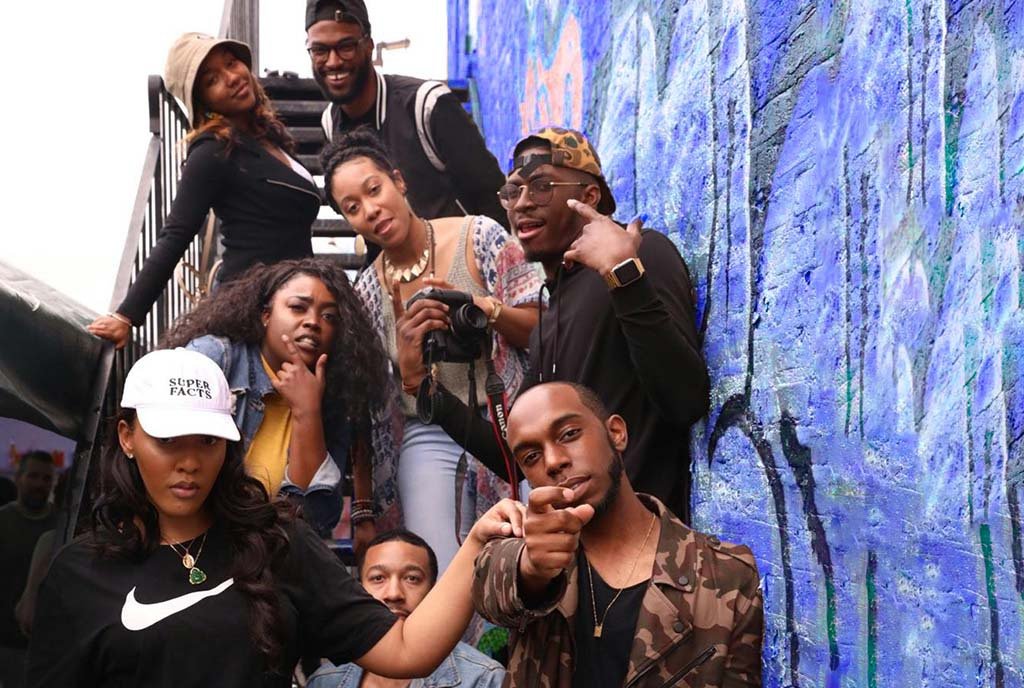March 28, 2014; MinnPost
In St. Paul, eight community-based nonprofits have been matched with “artist organizers” in a program designed to integrate art into community development activities.
“Artists have ways of working, seeing, engaging, and animating that can be translated to community development to help people envision what they want,” says Erik Takeshita, deputy director of LISC Twin Cities, one of the sponsors.
This artist organizer program is thought to be the first of its kind in the U.S. and is the result of a partnership between Springboard for the Arts, LISC, and the City of St. Paul through Irrigate (an artist-led placemaking initiative for the Central Corridor that’s enlisted 600 community artists).
Sign up for our free newsletters
Subscribe to NPQ's newsletters to have our top stories delivered directly to your inbox.
By signing up, you agree to our privacy policy and terms of use, and to receive messages from NPQ and our partners.
The community organizations now participating include
- Frogtown Neighborhood Association, a voice for community action in a racially and economically diverse neighborhood
- Project for Pride in Living, a longstanding community developer planning a 108-unit mixed-use, mixed-income building near the Hamline Avenue station
- Trust for Public Land’s local office, which helps create great common spaces in urban neighborhoods
- St. Paul Public Schools
- Asian Economic Development Association in St. Paul’s Little Mekong
- The Cornerstone Group, redeveloper of the former Lyndale Garden Center site in Richfield
- Two unnamed organizations in Fergus Falls
Laura Zabel, executive director of Springboard, notes, “Artists, like organizers, need to be able to see beauty in chaos—that’s a real asset in approaching community development. Many artists want to use their skills to be of service to the places they live in and care about.”
Springboard’s Jun-Li Wang thinks that the role of artist organizer will be more and more powerful and potent with possibility. “This feels like something entirely new. There’s now a critical mass of artists who want to make an impact in the world.”
Vong Lee, the artist organizer working at the Frogtown Neighborhood Association, has worked creatively in the venue of foreclosures, organizing a series of festivals in the vacant lots that are the result of foreclosures in that area. “We wanted to show that the low points in the neighborhood, where people feel a sense of loss over homes that have been demolished, could become high points,” he says. To celebrate turnarounds, the group is also organizing “art happenings” at refurbished foreclosed homes.
NPQ knows that art has been central and emblematic of many social movements, but we would love to hear from readers who are seeing art integrated in these kinds of ways into development or social movement activities.—Ruth McCambridge













